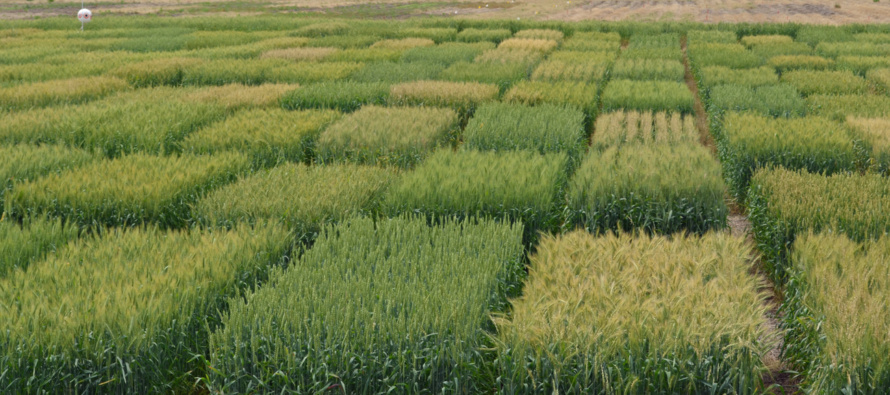The UN’s Food and Agriculture Organization (FAO) considers wheat to be “the most important food grain source for humans” (Source, FAO) and globally wheat fields cover more land area than any other commercial crop.
Thus, the new science out of the Earlham Institute in the U.K. has important implications.
ScienceDaily reports on the paper published this month. In “Epic genetic: The hidden story of wheat,” scientists describe their “groundbreaking” discovery that may ultimately provide “tools to enable farmers to keep on growing the best possible crop for their local environment.”
The research team looked at 100 varieties of wheat from around the world. Various wheat “landraces” are grown across many landscapes, from as far north as the Arctic Circle to near the equator, although crops thrive in the more temperate latitudes.
A detailed genetic analysis was conducted on the wheat strains, with the hope of understanding this plant’s remarkable ability to thrive in so many different soil and environmental conditions.
In turns out that wheat strains demonstrate a wide array of genetic variability that proved to be linked to geographic conditions. In short, genetic modifications appear to be driven by environmental factors. If breeders could learn to harness this capability, it would be a powerful tool in creating wheat strains adapted to local conditions, or that are resilient to climate change.
So, the team sought to unravel the mechanism underlying wheat’s adaptability, and discovered that epigenetics play a key role. We discuss these types of genetic changes extensively, in the context of pesticide health impacts, on the Managing Weeds for Healthy Kids project site.
In a nutshell, epigenetics involves changes in genetic expression that result not from alterations to the DNA code itself, like a mutation, but rather by shifts in what traits are expressed, when they are expressed, and how strongly they are expressed. These seemingly subtle changes in gene expression patterns can result in large variations in traits, and can be inherited and passed onto future generations.
In wheat, it appears that this epigenetic variation is linked to extra methyl groups that are attached to portions of the genetic code, allowing them to be recognized and turned on or off, as triggered by environmental conditions. For more details on this discovery, see the full paper in the journal Genome Research here.
The research team hopes that their discovery will help plant breeders utilize these epigenetic triggers to develop strains of wheat that can thrive in the more challenging conditions climate change is expected to trigger. We will wait and observe how this tool is utilized, but are hopeful that wheat genetic diversity will benefit from “smart” plant breeding, as discussed in our Future of Food section.
Sources:
Earlham Institute, “Epic genetic: the hidden story of wheat: Epigenome of bread wheat mapped to piece together its genetic heritage,” ScienceDaily, 22 August 2018.

